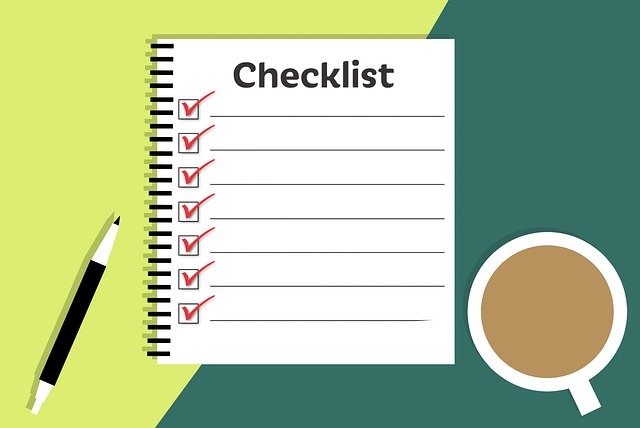Small businesses are a vital part of a country’s economy. Not only do they create more jobs, but they also pave the way to innovation. However, small businesses tend to be overlooked since the responsibility of maintaining them is less significant than bigger companies. As a result, frequent safety checks can be omitted, which can result in accidents and unpleasant occurrences. Let’s discuss which ones should always be considered and why they are important for a company.

Health and safety policy
According to laws, any business must have a policy for managing health and safety. This set of guidelines encompasses the general approach to managing safety at the workplace. Depending on how many employees you have, you might need to have the policy written and shared with them so that everyone knows what to do in some instances to protect themselves and what is to be done in case of an accident. This should include the following:
- Your intent to commit to managing health and safety measures;
- Each person’s responsibilities for health and safety;
- The arrangements provided (risk assessment or training);
Risk assessment
Devising a risk assessment program requires you to:
- Identify potential hazards around the office;
- Decide how likely it is for people to be affected by that hazard;
- Take action to eliminate or at least minimize possible consequences;
Managing risk at work can help the business flourish. Otherwise, the work quality can decrease substantially since there are risks all around the workplace. An iso 27001 compliance checklist should be helpful to be up-to-date with the latest documentation policies and procedures for your business.
First aid
Any small business must have a suitably stocked first aid kit that employees can use in case someone gets injured. At the same time, someone has to be in charge of first aid arrangements. However, all employees must be prepared and know the correct procedure. A first aid kit should include the following:
- Sterile eye pads
- Safety pins
- Disposable gloves
- Triangular bandages
- Wrapped sterile plasters
Remember that some of these products might have an expiry date, so you should know when to get new ones.
Accident reporting
Accident reporting is still controversial because many employees still fear reporting a problem in the workplace. However, if issues are not registered, they might worsen and put people in danger. For example, if there’s a risk of water damaging the building, someone must report that. A waterproofing inspection checklist, for example, can help maintain the situation under control in most circumstances if used when needed. Also, know that if the company has more than ten employees, you must keep an accident and reporting book to record the details of said accident.
Training
Finally, training is essential for everyone to work without worry. Employees need clear instructions and information from the first day at their job; you only need to decide what training and information you need. For example, you may need to ensure that everyone has the proper level of knowledge on hazards, risks, measures and how to follow emergency procedures. All information and training provided must be easy to understand and grasp so that everyone can put it into practice when needed.




